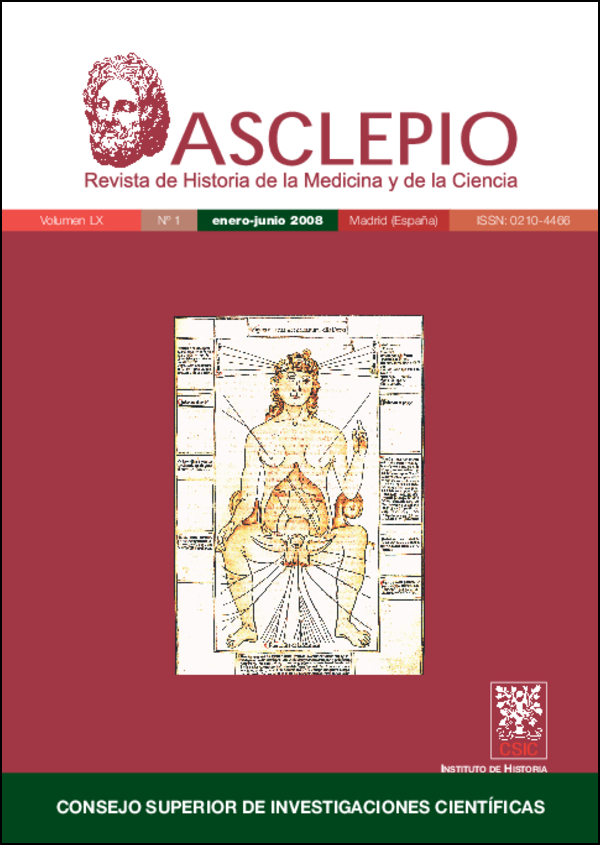«If a woman has a big head»: Physiognomy and female nature in an assyro-babylonian text
DOI:
https://doi.org/10.3989/asclepio.2008.v60.i1.242Keywords:
Mesopotamia, Female Body, Divination, PhysiognomyAbstract
In Mesopotamia, the human body was understood as an object for divination, that is, a system of signs, which carried messages about the individual, and whose meaning had to be decoded by means of observation and interpretation. Taking the physiognomic series Šumma sinništu qaqqada rabât («If a woman has a big head») as the main source of my article, I analyse, on the one hand, the processes that take part in the promotion of a particular perception of women based on a specific reading of the female body. On the other hand, I deal with the elements that characterize this female perception, basically, the image of the ideal woman centred on motherhood, and, in close relation to this, the dangers that threaten women’s life during pregnancy.
Downloads
Downloads
Published
How to Cite
Issue
Section
License
Copyright (c) 2008 Consejo Superior de Investigaciones Científicas (CSIC)

This work is licensed under a Creative Commons Attribution 4.0 International License.
© CSIC. Manuscripts published in both the print and online versions of this journal are the property of the Consejo Superior de Investigaciones Científicas, and quoting this source is a requirement for any partial or full reproduction.
All contents of this electronic edition, except where otherwise noted, are distributed under a Creative Commons Attribution 4.0 International (CC BY 4.0) licence. You may read here the basic information and the legal text of the licence. The indication of the CC BY 4.0 licence must be expressly stated in this way when necessary.
Self-archiving in repositories, personal webpages or similar, of any version other than the final version of the work produced by the publisher, is not allowed.















